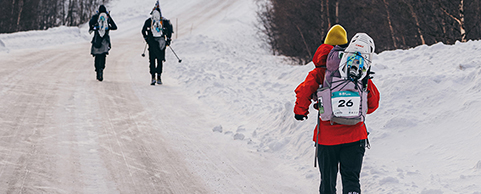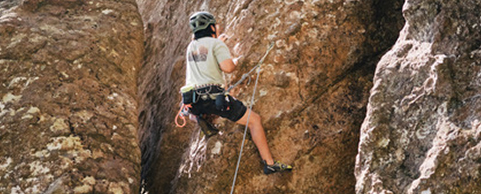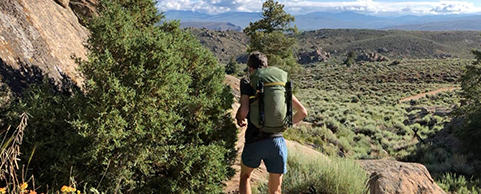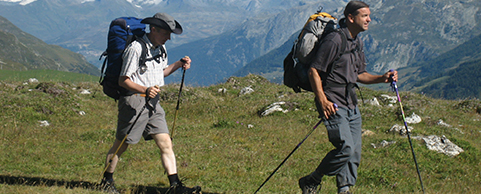10 Tips About Outdoor Gear for Women I Wish Someone Told Me Earlier
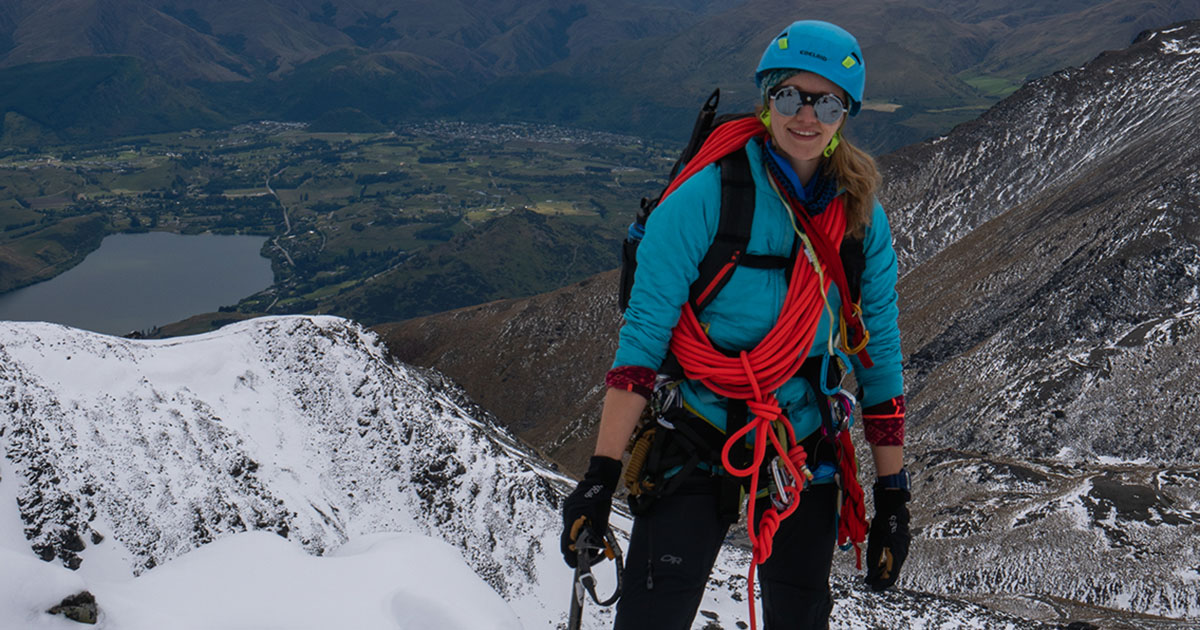
Some families have Sunday roast. My family had Sunday/weekend hikes. I grew up in the outdoors – I knew how to dress for Scandinavian winter before I could read. As I grew older, I encountered challenges and learnt lessons in the outdoors that was not part of ‘the standard curriculum’ – challenges that often come with being a woman. Here are some solutions that I have picked up along the way. Some are lessons learned the hard way; some are advice shared by good friends and family.
1. Staying warm:
The first parts of my body to get cold are my toes, my fingers and… my butt. The fingers and toes I was taught early how to deal with; keep them dry, wear wool, change socks and gloves/mittens often and that mittens are warmer than gloves.
It was not until I was almost 20, I was introduced to the world of merino underwear. I combine merino underwear – my current favourite is the Icebreaker Sprite Hot Pants – with thermals that breathe well (such as Icebreaker Zone clothing) and it works wonders!

2. Pants:
The part of growing hips I did not expect was how the hip belts on my backpacks suddenly started causing bruising on my hips. I realised that the main cause of that bruising was that on most of my pants, the waistline sat on my hipbones. They had pocket zippers or belt straps exactly where the pressure of my pack was.
When I buy pants, I have learned to think about where they sit and if they have any protruding features (zippers, thick seams, etc.) in relation to where the belt of my hiking pack sits. My favourite ski and mountaineering pants are the Iceline Versa softshell pants from Outdoor Research, they are also cut high at the back – i.e. no bare skin between my shirt and pants.
3. Backpacks:
The other cause of my bruised hips is the backpack itself. Women’s packs often have a wider and more padded hip belt as well as other features which you can read more about in this article about women’s outdoor gear.
4. Sports bras:
On the topic of backpacks, clasps at the back of your bra are not your friend when you're wearing a backpack. Try a bra with no clasp (or the clasp at the front) to avoid rubbing and chafing. Another thing to keep in mind is that out in the backcountry, you will be wearing the bra for long days. A too-tight sports bra that is comfortable for daily exercise might cause neck and backpain when used over long time. Merino is my first choice here too. For low-intensity activity, I opt for a less supportive bra (I use the Icebreaker 150 Sprite Racerback Bra) or for activities where more support is needed, I use the Icebreaker Meld Zone Cool-lite Sports Bra.
5. Boots:
The fit of a woman’s boot is often narrower and lower volume and has a smaller heel cup. I learnt the hard way that for many women, including me, our calf muscle sits lower than a man’s does. This means that tall boots (e.g. ski and mountaineering) can be too tight on the calf muscle and limit your ability to use it properly. For me, my ski boots did this, and it caused knee pain.
I learned to be aware of where my boots sit on my calf when buying new boots. For the mountaineers – the women’s La Sportiva Nepal Cube is shorter at the back, sitting below my calf muscle. No matter your foot shape, the team at Bogong Equipment are trained to help you find boots that fit you, have a chat with our staff for personalised advice.
6. Long hair:
This one is for anyone with long hair. In rope sports, as you probably know, tie it up – it is for your safety. I usually braid it to have even better control, keeping it out of my belay device and out of my face. When the weather goes bad, try keeping it dry. When it is cold and your hair is wet, you get cold. So, I often braid it (or at least tie it up) and keep it inside my raincoat.
It will inevitably get wet though. If it is warm outside, just let it down when you are at the campsite to let it dry. If cold, swirl it up and tuck it into your beanie to keep it warm – it will dry eventually. I also often carry a small microfibre towel (e.g. Mont Travel Towel) that I use for many things, including drying my hair if needed. I also carry heaps of spare hair ties (they seem to vanish in my pack or break) and a small hairbrush to avoid coming home a week later with one big knot on my head.
7. Hygiene:
Hygiene in the bush can seem off-putting, but with a few tricks up your sleeve it is quite easy! For toilet purposes, always have good poop etiquette, carry a trowel and when it comes to peeing, if you are not used to it yet – it does get easier with time – there’s also the option of a tool that allows women to pee while standing (Go-Girl Wiz Biz). Particularly when it is cold it is important to still pee regularly, it helps you avoid infections and conserve energy.
When your time of the month comes in the outdoors, that is fine, do not let it hold you back. Sanitary product disposal (always carry it out), can be done easily by having a dedicated zip-lock bag or a small drybag (e.g. Exped Fold drybag XS or XXS) dedicated to this purpose. A teabag or some crushed up paracetamol can help to avoid odours. You can also opt for reusable sanitary products such as a cup and not have to worry about disposal. I always carry wet wipes to be able to clean myself up and carry those out too. Talk to your trip group/partner; let them know so that can be a better support and more understanding.
8. The first aid kit:
In my first aid kit I also carry spare hair ties, spare sanitary products, pain killers and handwarmers in addition to the standard first aid kit items adapted to season and trip type . I keep it in a drybag dedicated to this. You can use a standard drybag, but a labelled one is handy. I carry spares of everything, both for myself but also in case one of my trip mates is in need. By the way, hair ties can also be adapted to non-hair purposes if needed.
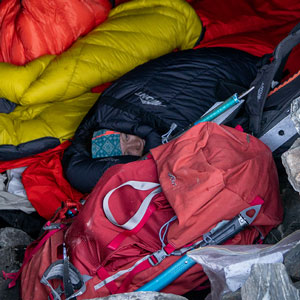
9. Sleeping bags and mats:
Women’s sleeping mats are a shorter version of the standard mat. So, for those of you who are not tall, you save weight!
Similarly sleeping bags are shorter and have more down-fill relative to its size. Therefore, you get a warmer bag for lighter weight. A win! I am 170cm and comfortably fit in the women’s Mont sleeping bags, however as I often swap bags with my partner I own a regular-length sleeping bag. It means that I also have space to keep my ski boot liners and socks in the bottom of the bag overnight to dry. I have the Mont Spindrift 1000 (the women's version is here) for winter trips overseas. It is a bit more than needed in Australian conditions even in winter (unless you are a very cold sleeper), which is why a Mont Spindrift 850 or a Mont Brindabella 850 is what I’d recommend for winter in Australia.
Read more about sleeping bags here and mats here.
10. Community:
Finally, your group or partner in the backcountry make or break the trip. Having friends who are supportive, easy to communicate with and understanding is everything. Make a habit of being open and honest of how you are going on your trips. If you are tired, in pain or whatever it could be, tell your group. It is for your own and their safety and comfort. Many accidents happen when people are tired or do not speak up. Speaking up will keep you safe and help you enjoy the adventure. I have made a habit of talking to my group and/or partner about all things relevant to them. It is a little uncomfortable at first, but most times you are better off for doing so.
If you have questions or concerns about any off these topics, there are many communities in Melbourne that can help, including outdoor clubs, climbing groups and guides. Bogong staff are experienced in the outdoors and are always happy to answer your questions and give advice.
Good friends, partners and groups will create community. They will accept you, help you, listen and they will lift you up and be supportive.

Adele Westgård,
Bogong Equipment
See our range of women's outdoor clothing.
Questions? Visit us, email us or call us (03 9600 0599).
More Articles
- REVIEW: LA SPORTIVA MYTHOS CLIMBING SHOE (WOMEN'S)
- MOUNTAINEERING GEAR
- IS WOMEN'S-SPECIFIC OUTDOOR GEAR FOR YOU?
- MORE RESOURCES...













